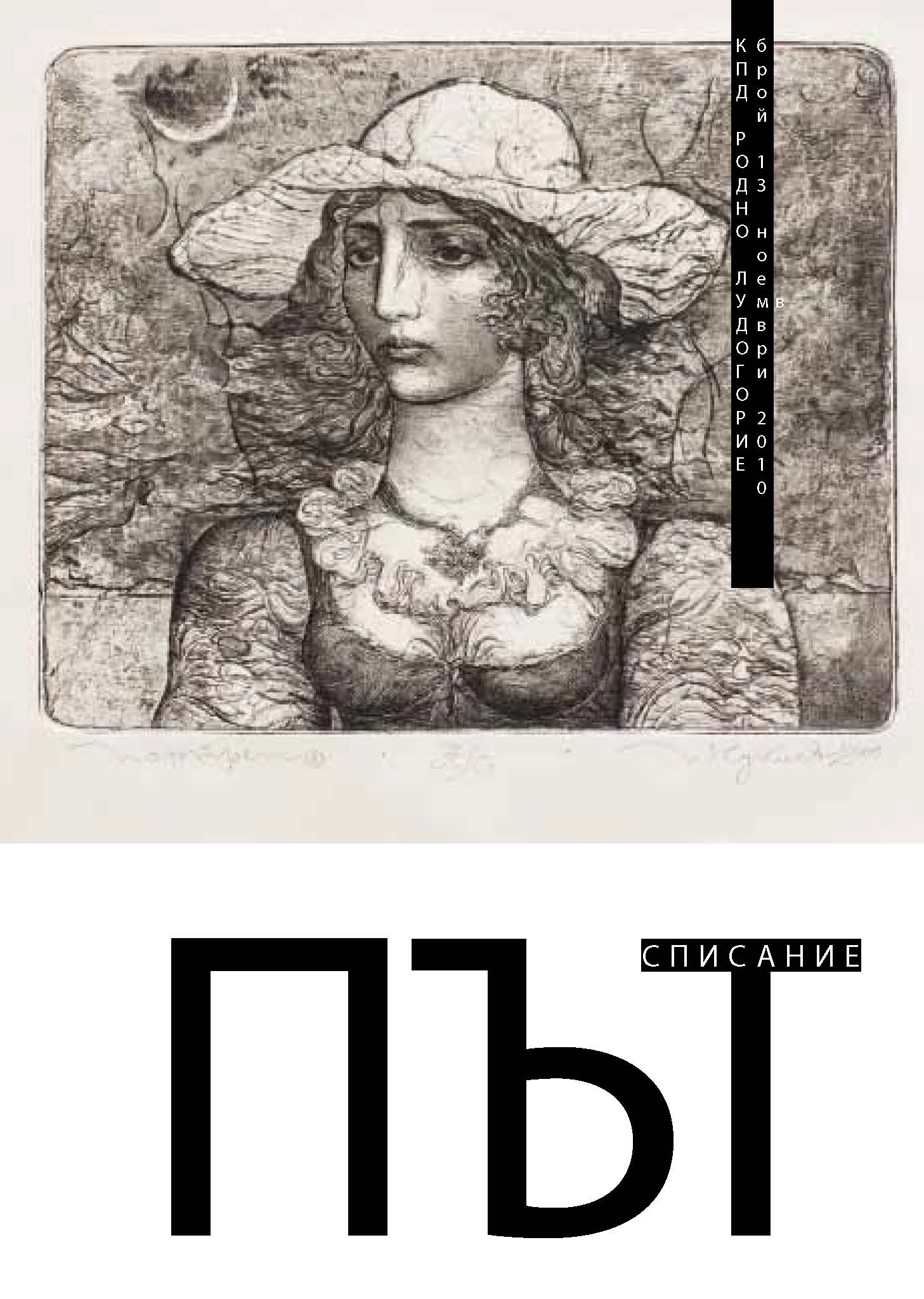
We kindly inform you that, as long as the subject affiliation of our 300.000+ articles is in progress, you might get unsufficient or no results on your third level or second level search. In this case, please broaden your search criteria.

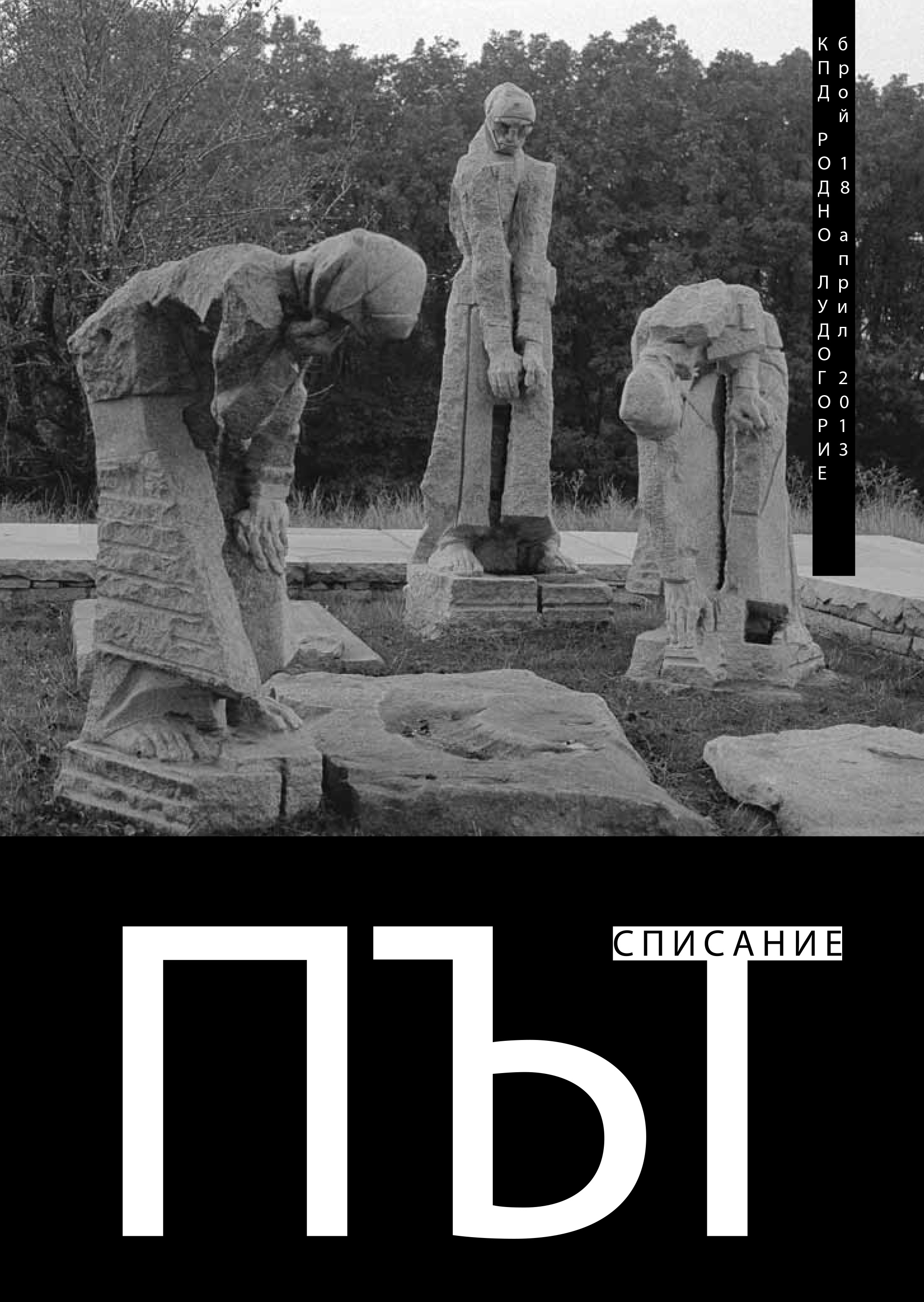
Conversation between Dr. Anatoli Kanev and Prof. Ilia Todev about the role of historians and more specifically the history of Batak.
More...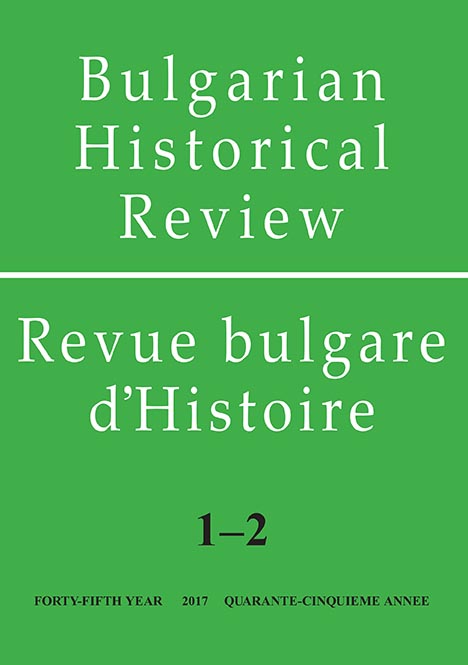
It is widely held view in the waqf studies that waqf institutions could not maintain their urban properties nor increase their rental income in line with price increases due to structural impairment and managerial rigidity. I argue in this paper that imperial waqfs did have ways of adapting and increasing their rent income. However, economic and commercial developments, disasters, external and coercive factors constricting the financial capacity of waqfs led to the loss of urban properties and income. Nevertheless, they devised the doublerenting method which enabled them to re-build and repair, thus maintaining the properties and creating further funds. Thus, the imperial waqfs coped with difficulties in the upkeep of properties and sustained their urban income well into to the Late Ottoman period. From the mid-19th century onwards, new institutions and regulations created impediments for waqfs; however, many imperial waqfs retained their properties into the twentieth century.
More...
In autumn and winter 1660, accompanying his patron Melek Aḥmed Pasha in an expedition against the Venetian fortifications in northern Dalmatia, the Ottoman traveller Evliyā Celebi (d. 1684) toured Serbia, Bosnia and Dalmatian rocky hinterland, leaving a meticulous description of towns, fortresses, public buildings, and peoples of the region, including samples from the local languages. Assumed as being of no interest for general Turkish reader, these linguistic specimens have been for the most part left out in abbreviated printed editions, and consequently, in contemporary translations in western languages, including Serbian and Croatian. Using an Ottoman manuscript generally accepted as the archetype, if not even the autograph of the related fifth part of the work (Topkapı Sarayı, Bağdat Koşku 307), the author introduces Evliyā’s Seyāḥatnāme (Book of Travel) as a work of linguistic, next to undisputed historical and literary significance.
More...
This paper presents the biography of Antimus, bishop of Vratsa and later bishop of Lovech, who became the Metropolitan of Belgrade in 1827. After the establishment of the Principality of Serbia in 1831 he moved to the Kingdom of Greece. This article explains his background, and describes advancing through church structures of the Ecumenical Patriarchate. Attention is also focused on his appointment to be metropolitan of Belgrade, his arrival in Belgrade and working in the new environment. The strengthen Serbian national government and more open practice of the Orthodox faith created specific circumstances for his spiritual mission that are highlighted. His relationship with Prince Miloš Obrenović, which was much better than in the case of his predecessor, is also pointed out. The data on the last months he spent in the Principality of Serbia are presented. Terms and time of his departure to the Kingdom of Greece, where he spent the rest of his life, are also known.
More...
The end of the Russo-Turkish War of 1877–1878 and the subsequent decisions taken at the Berlin Congress of 1878 set the beginning of the state-building process of modern Bulgaria. The newly established nation-state quite naturally and purposefully sought an immediate emancipation from its political past and radical breaking with the inherited Ottoman institutions. This particular goal found direct reverberation in the consequent “de-Ottomanization” of Bulgaria during the process of homogenization of the Bulgarian nation. The Ottoman pious foundations (vakf) and their vast possessions, whose incomes provided for the maintenance and the functioning of the religious and other buildings, regarded by some as a direct implementation of the Ottoman imperial past, fall at the center of the state-building policies of the new Bulgarian state. The article examines one such particular charitable foundation, namely the vast vakf of the Mihaloğlu family in the region of Pleven, during the years after the establishment of the independent Bulgarian state and argues that it could be considered as an emblematic case elucidating aspects of the state-building ideology in the Bulgarian national politics in general and the uneasy process of decisive rupture with the imperial heritage that the new nation-state had to walk through in particular.
More...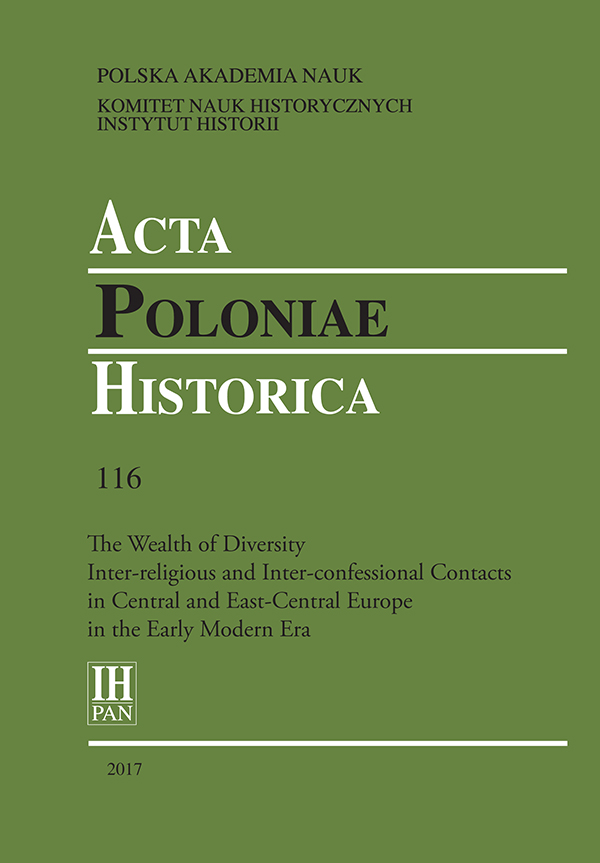
This article presents the points of view from which interreligious relations in the Ottoman world have been approached in academic historiography, the frames of interpretation and concepts that have been used, and the critical reassessments and revisions that are currently underway. Conceptions about the position of the non-Muslims and the nature and forms of interreligious relations in the Ottoman Empire have changed perceptively over the last half century. The mosaic world of subjugated nations and self-governed religious communities (millets) that lived parallel and distinct lives gave its place, in the last two decades of the twentieth century, to the plural society of extensive interreligious interaction at individual or communal level. In tandem came the shift from an emphasis on the oppression of the non-Muslims to that on toleration. We are now in a new phase of revision which focuses on the forms, extent and limits of toleration and intercommunal interaction, and pays close attention to change over time.
More...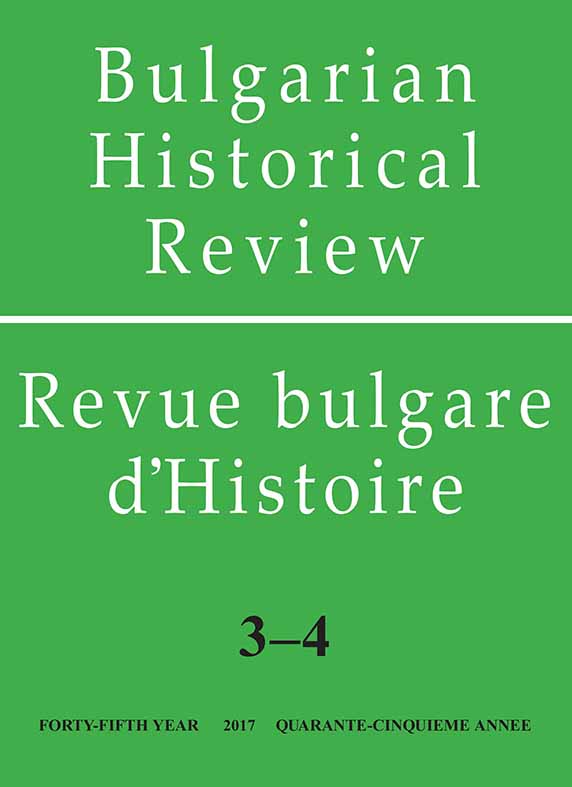
The author examines the South Slavic Boarding School in the town of Nikolaev under the direction of the Bulgarian Todor Minkov and reveals its contribution for the education and shaping of the Bulgarian national elite in the second half of the 19th and the beginning of the 20th century. From a statistical and historical perspective, he has collected and summarized valuable data on the biography, study and future professional realization of dozens of Bulgarians, many of which joint the intellectual and political elite of free Bulgaria.
More...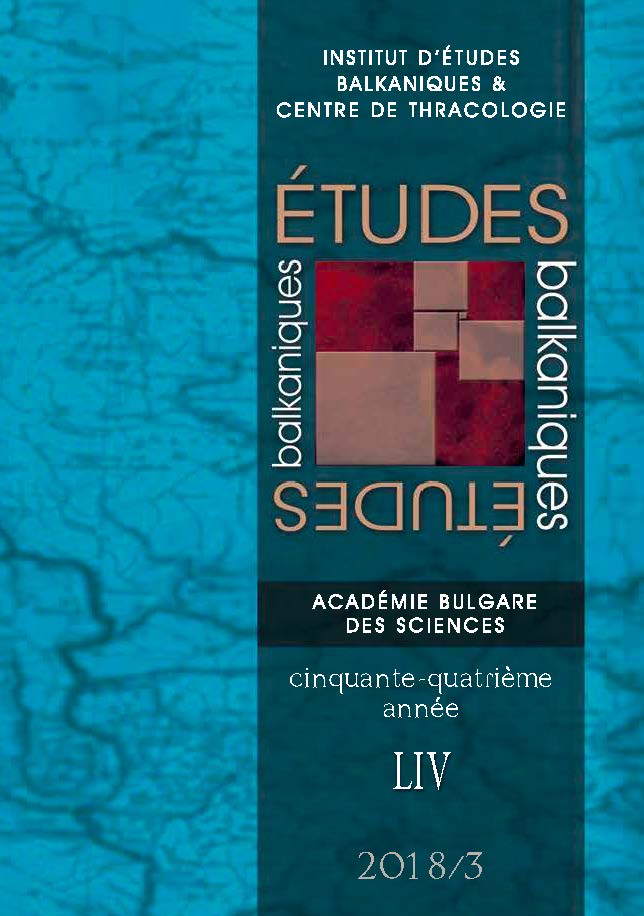
The article describes the establishing of the first circle of Kabbalists in Salonica by two scholars who later laid the foundations of The Golden Age of Safed: R. Joseph Karo, whose Shulchan Aruch became the authoritative codification of Jewish law; and his companion, kabbalist and poet R. Solomon Halevi Elkabetz. While performing a mystical ceremony on the nights of Shevuot (Pentecost) of 1533, a prophetic voice was heard through R. J. Karo’s throat and mouth. The voice urged the companions to ascend immediately to the Land of Israel in order to redeem the Assembly of Israel and be redeemed from exile.Special weight is given to the messianic enthusiasm of the circle, and to their interpretation of the triumphs of Sultan Suleiman the Magnificent over the Christian coalition led by Emperor Charles V as an omen to the fall of the satanic realm of “Edom” and as an encouraging step towards redemption.
More...
As a cosmopolitan port city imbued with various cultures in the Levant, Salonica took its share from the modernization efforts triggered with Tanzimat Period. By mid-nineteenth century, Salonica’s embankment and customs facilities were limited and the transport of goods was problematic due to limited access. Meanwhile, burgeoning trade activities as a result of Ottoman treaties granting special privileges to foreign tradesmen necessitated a comprehensive reorganization of the harbour area.This paper aims to study the urban and architectural transformation of the commercial centre of the city, with a special focus on the re-organization of the sea shore supported with new findings from the Ottoman archives. After its completion in 1882, Salonica Quay became the most prestigious area of the city, lined with buildings which represented the transforming socio-economic life. The urban transformation emerging from the quay area also reflected on the traditional commercial centre concentrating around Frank Street, where new types of commercial buildings started to appear.
More...
Scholars have relied upon diverse methodologies and sources to produce a new corpus of studies about Salonica’s Jews that explores the impact of the end of the Ottoman Empire and the consolidation of the Greek nation-state. Much of the newer scholarship, however, reinforces the perception that Salonica’s Jews experienced a period of “decline” after the city’s incorporation into the Greek state (1912 – 1913) that culminated in their deportation to Auschwitz (1943). This study investigates why such a lachrymose and teleological interpretation of Salonican Jewish history persists today. By reference to new sources and a different interpretive lens, this article also challenges conventional wisdom concerning key turning points in the narrative of the city’s Jews: a major fire (1917), a compulsory Sunday closing law (1924), and the first major act of anti-Jewish violence (1931). The article thus offers a new approach to assessing the encounters between the multiplicities of Jews in Salonica and the Greek state.
More...
Bouena Sarfatty was born in Salonika in 1916 to a Sephardi family. After World War II, she memorialized her birthplace by composing hundreds of Ladino verses (coplas) about Jewish life in the twentieth century. Her phenomenal memory and personal insights provide a poetic mirror that reflects the multi-cultural environment which she experienced personally. The poems appearing below reflect her thoughts about the process of modernization, whether of language, education, dress or mentalité. European influences created a cosmopolitan city that clearly affected Jewish life. The changes that transpired following the devastating fire of 1917 often harmed the development of this community that had been so vibrant and essential for centuries. Be that as it may, the poems written by this native Salonikan present a unique glimpse into the mindset and experiences of multilingual Jews attempting to adapt to the twentieth century and life in a multi-cultural city.
More...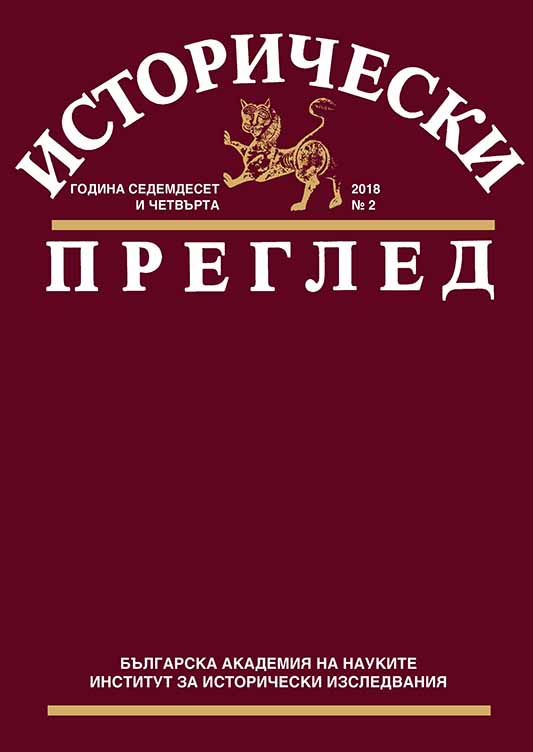

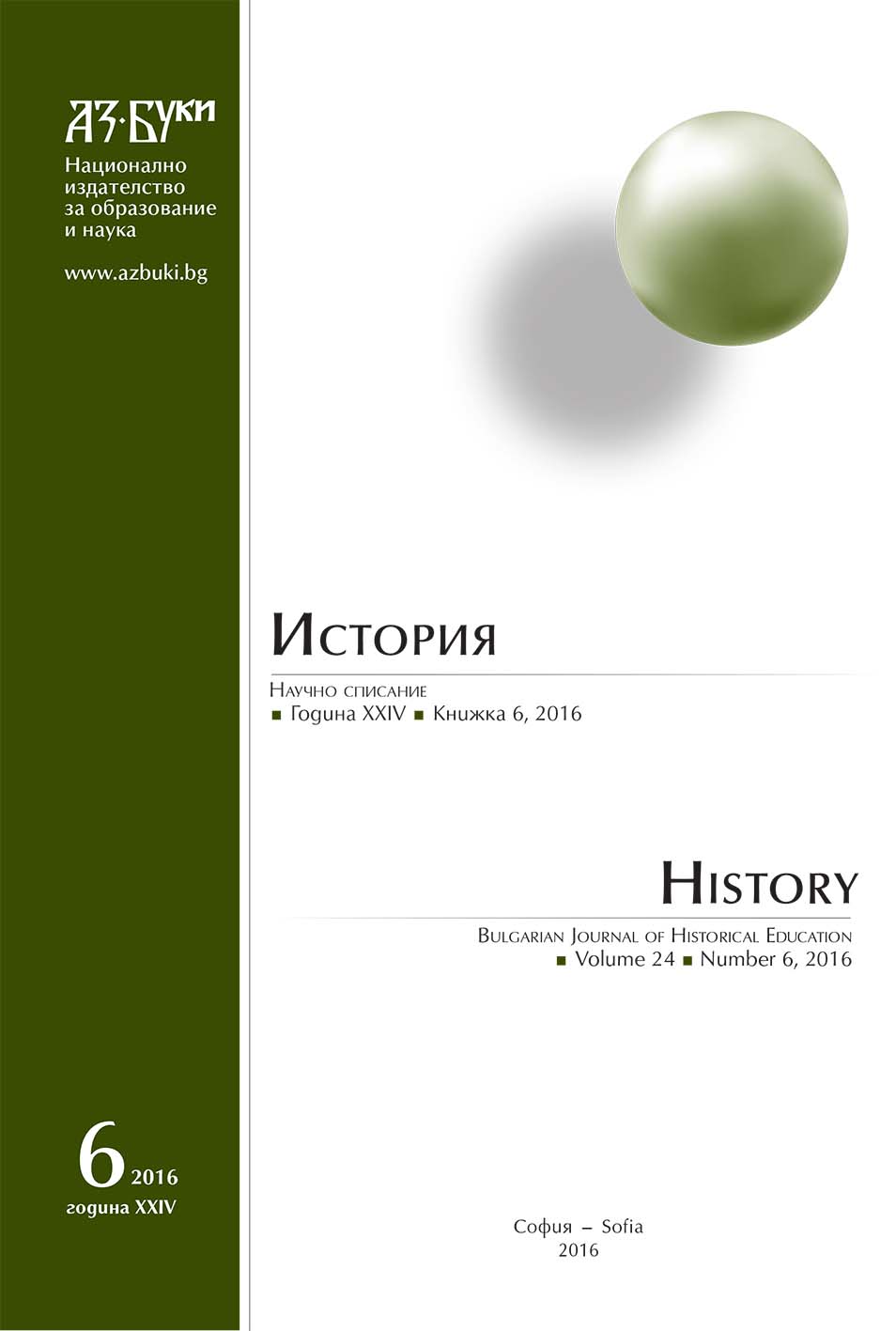
The loss of independence, and then the collapse of the national uprisings against Russia (1831, 1863) forced many Poles to emigrate. Many former military in emigration began working as engineers. A major center of the Polish immigration was the Ottoman Empire and the Polish engineers contributed to the modernization of the state. Some of them worked in Bulgarian lands, building telegraph lines, roads and railways. Several of them remained in Bulgaria after its liberation. Boleslav Anz served as Principal Engineer of Bulgarian railways and Sabin Halatkevich participated in the expansion and completion of the Bulgarian railway network until his death in 1935.
More...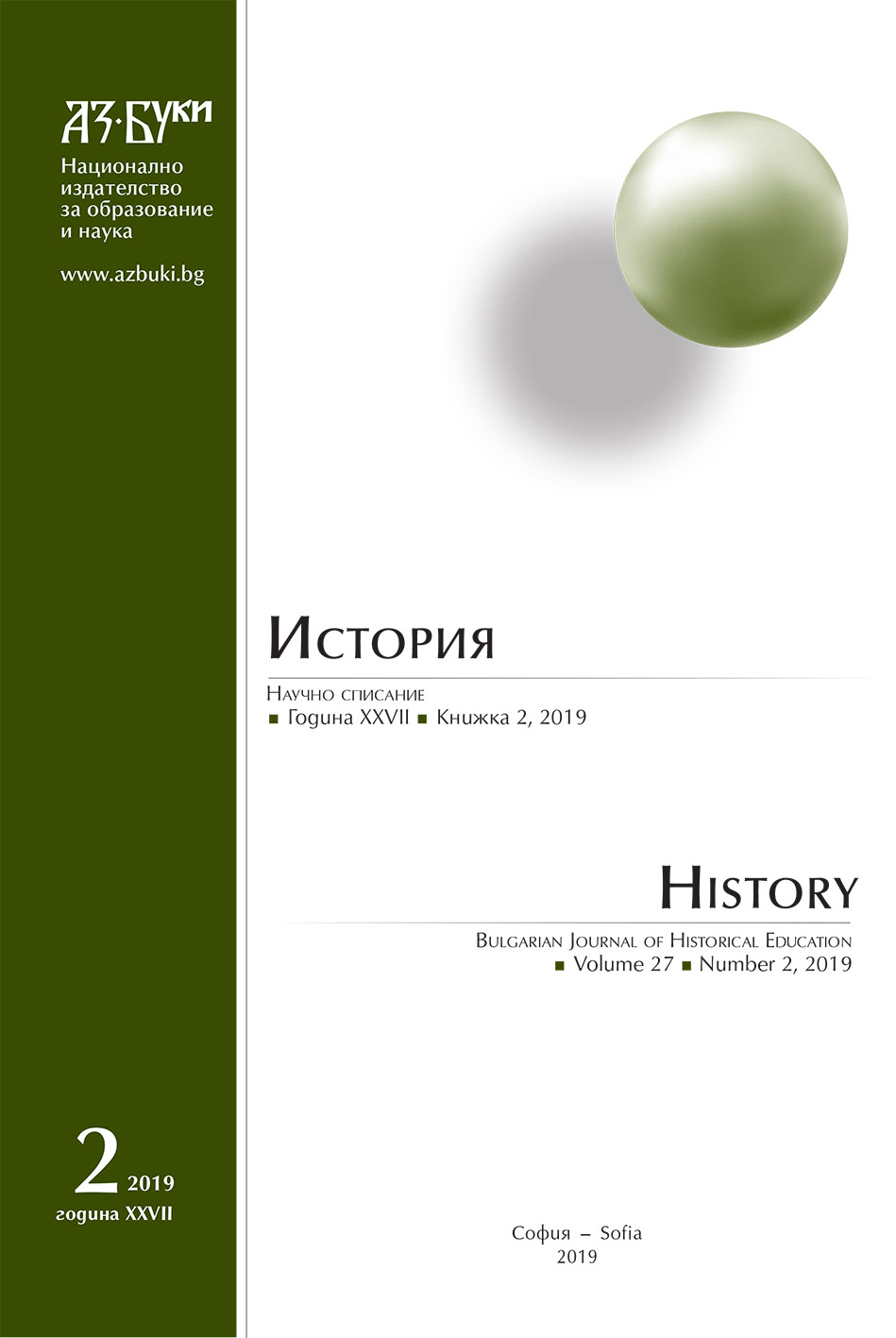
Оne of the most popular photos of Vasil Levski is claimed to have been taken in Koprivshtitsa. This opinion is based on the memorial testimony of Vasil Karaivanov – Levski’s cousin from Kalrovo and a participant in the revolutionary movement. This short article presents the result of an attempt some additional information to be found, which could confirm the credibility of Karaivanov’s opinion that one of the pictures of Levski was taken in Koprivshtitsa.
More...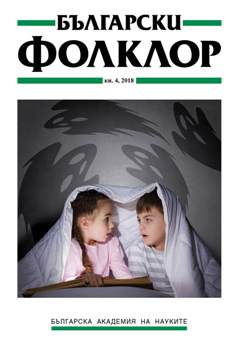
The text interprets Khand Tatar and Todorka ballad by commenting the historical terms used from the one hand, and, from the other hand by doing a transformational analysis of the attributes and functions of the mediator in the plot. The situations connected with the Tartars as historical population are analyzed as potential sources of folk personages and motifs. Resultantly, the folklore situation is seen in the light of a possible reflection of the mythological understandings while at the same time the basic psycho-social functions of the ballad are outlined. Thus the reading combines historical and mythological aspects and compares the particular “Bulgarian” case with the universal models and structures of thinking.
More...
Reviews of: - “Turski (Osmanski) izvori za istoriju Crne Gore”, Podgorica, CANU 2019, tom I-1, I-2, I-3, 1926 pages, review by: Ema Miljković - Zlatko Karač, Alen Žunić: “Islamska arhitektura i umjetnost u Hrvatskoj - Osmanska i suvremena baština” (Islamic Architecture and Art in Croatia - Ottoman and Contemporary Heritage), Arhitektonski fakultet Sveučilišta u Zagrebu, UPI-2M PLUS, Zagreb, 2018, 432 pages, review by: Rifat Alihodžić - Zuvdija Hodžić: „Kapija Prokletija – Gusinje i Plav u zapisima i putopisima“, Almanah, Podgorica 2019, 298 pages, review by: Draško Došljak - “Putovanje kroz boje Ibrahima Kurpejovića” (Sa otvaranja izložbe I. Kurpejovića u Historijskom muzeju u Sarajevu 24. aprila 2019. Godine), review by: Faruk Dizdarević - Husein Bašić: “Nedovršene tuge”, review by: Jasmina Srdanović - Izet Šabotić: “Čivčijski odnosi i promjena vlasništva nad zemljom u Bosni i Hercegovini (1878-1918)”, Centar za istraživanje moderne i savremene historije Tuzla, Tuzla 2019, 320 pages., review by Jasmina Jajčević
More...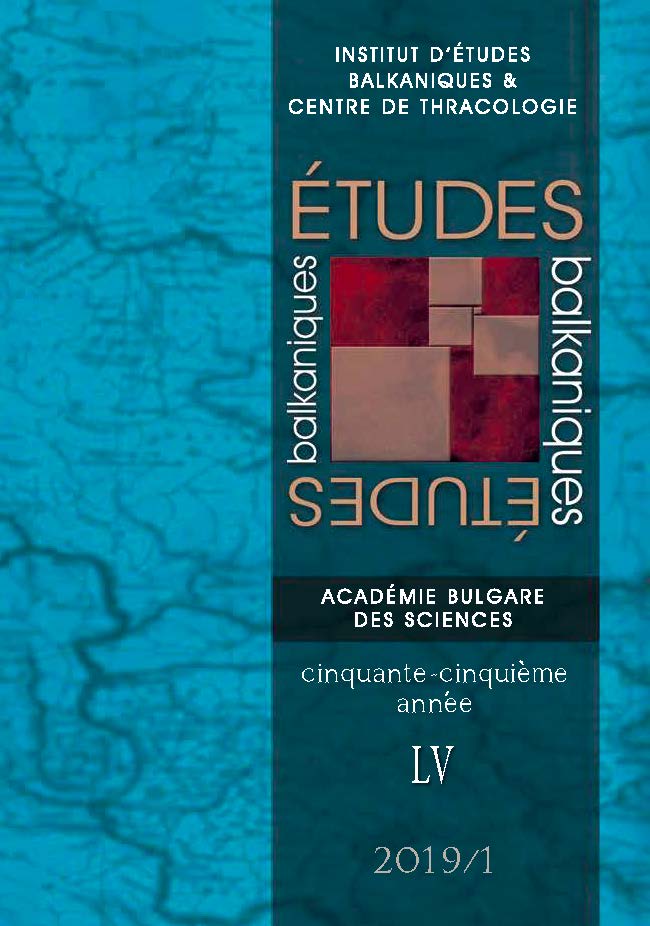
The object of the present study is an unpublished account from 1632 preserved in the Propaganda Fide Archive in Rome. The source provides a detailed description of three miracles which occurred in Bulgaria, namely in Sofia, Trăn and Nikopol. The document is important because it offers new information which allows us to better understand the complex relations between Christians and Muslims in the Balkan Peninsula. The author of the study considers the Ragusan merchants from Sofia to be the spies who brought this fresh and updated information to the Imperial Court in Vienna. He argues that the unknown author of the account was most likely Ciriaco Rocci, the Apostolic nuncio to the emperor.
More...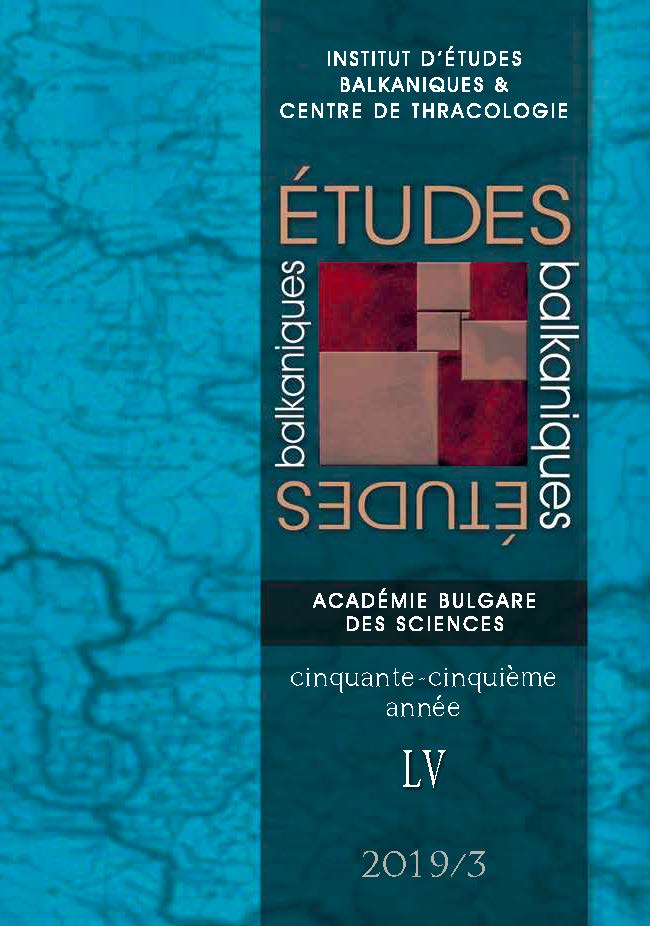
We are examining the administration of the Greek-Orthodox community in Thessaloniki during the Ottoman period, and its evolution in the 19th century. We are observing self-governance institutions in place since the Byzantine era. Powerful Greek-Orthodox families of Salonica and the Church play an important role in the administration of the Greek-Orthodox community. By the 17th century, changes can be seen in the makeup of the community’s administration as new members from the city’s professional guilds become part of it. This development enhanced the role of secular elements in that administration. By the second half of the 18th century, the creation of a class of merchants in the Greek-Orthodox community helped it gain a leading role in the administration of its affairs. We are also examining, by relying on Ottoman documentary evidence, the districts inhabited by the Greek-Orthodox of Thessaloniki in the first half of the 19th century, and how these developed in the latter part of the century following the city’s new town plan. The changes brought about by the Ottoman authorities in the second half of the 19th century with respect to the administration of the Greek-Orthodox communities under Ottoman rule were significant. Nonetheless, socially and financially powerful groups continued to partake of the administration of the Salonica community. The participation of the Greek Orthodox (powerful financially and socially groups) in regional councils (the so-called vilayet idare meclisi) brought about changes in the relations of the Greek-Orthodox with the local representatives of the Ottoman authorities. By the end of the 19th century, these developments had led to the emergence of new socialities between communities, and new mentalities and behaviors.
More...